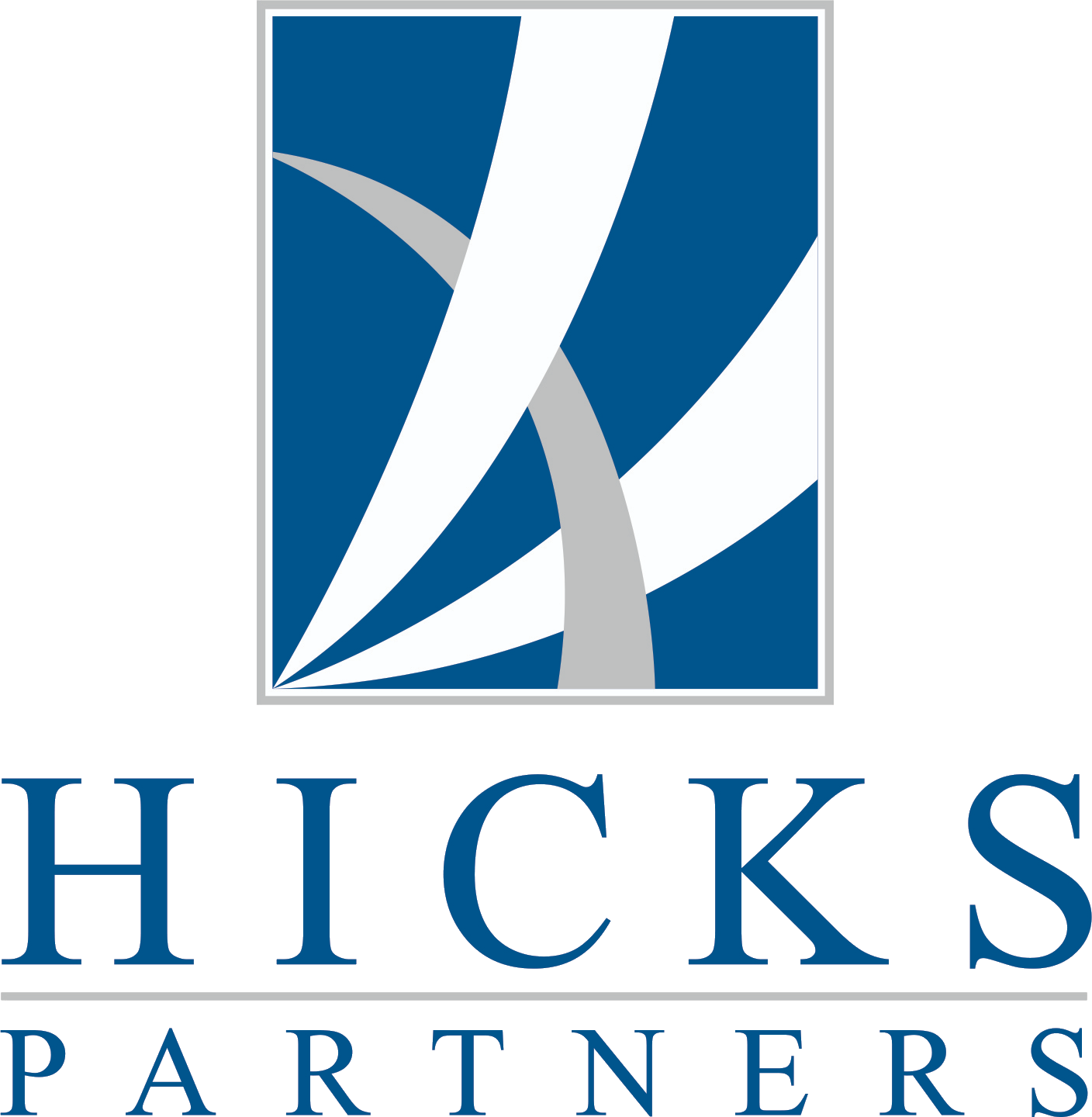Current & Previous Projects: Harbor Hills Water Line Replacement
Public Outreach
Communication with the public has been vital to the identification of lead services and the project has undertaken several high consumer awareness impact activities including: print materials, website, social media, instructional graphics and public outreach. To introduce the project and reinforce the importance of replacing lead service lines the prime contractor and Hicks Partners met with the Harbor Hills Home Owners Association board or trustees and presented at the September Annual meeting. The project also hosted a public meeting for Harbor Hills residents in partnership with the Licking County Health Department and the Ohio Department of Health. The public meeting was set up with small group stations to encourage one-on-one interactions. The public was provided lead risk information and invited to the open house via letters sent in the mail from the Licking County Water & Wastewater Department. Residents were also notified of the meeting through emails and social media posts sent directly by the HOA. During the meeting lead hazard information was disseminated directly to target audiences through partners, i.e. the Ohio Department of Health and the Licking County Health Department. The Ohio EPA also provided lead risk education materials that were distributed during the public meeting. Following the public meeting letters were sent out to residences where the lead service line material was unknown requesting residents to conduct self-inspections or sign up for an inspector to come to their home. Participation was also encouraged by partners like the Licking County Health Department and the HOA through social media and emails. Feedback regarding the project has been positive and the project in unaware of controversy about or opposition to this project.
Hicks Partners developed a website to coordinate and organize several important project functions including lead service line identification, education, and community feedback. The project employed an automated system for residents to schedule in-home inspections. The scheduling system was available anytime of the day for resident to access when it was convenient for them and was updated in real-time to prevent double-booking. The project also employed an automated data-collection system for residents to submit self-inspections that could completed easily on a smart phone. The website also provided education on how to conduct and self-inspection, FAQ’s a newsletter sign-up and a feedback form for residents to use if they had questions or concerns. An additional letter was sent out midway through the lead service investigations to encourage residences that still had unknown services to schedule an appointment or submit a self-inspection.
Testing for Lead Service Lines
Two tests were used to identify the material of the service lines in homes. The scratch test and magnet test were used to identify lead pipes. Copper pipes were easily identified due to their copper color when scratched. Lead and galvanized pipes were able to be distinguished due to galvanized pipes not being able to be scratched and lead pipes being easily able to be scratched. The magnet test also helped distinguish between lead and galvanized pipes due to a lead pipe being magnetic and galvanized steel not.
Harbor Hills residents had the option to schedule and inspection where an inspector would enter the property and identify the service line at the water meter using the methods mentioned above. Residents also had the option to submit a self-inspection through www.harborhillswater.com. On the website residents provided contact information, name, address, scratch test results, whether the pipe was magnetic, a picture of the water meter and pipe, and then a close-up picture of the scratch test. The pictures allowed trained personnel to review results to ensure that testing was done properly by residents. The self-inspection form through the website will continue to remain available to residents for the time being. The Licking County Water and Wastewater Department will be conducting inspections for residents that make contact.
Results of Lead Service Investigations
Of the 350+ Harbor Hills residences, 67.5% submitted self-inspections, were inspected, or the personal service line material was known from pre-existing tap cards. From the investigation, 44 lead services were identified. An additional 20 services were unable to be scratched for identification. GPD will assume these services to be lead. If during replacement of the lead services, a plumber identifies a service line that is not lead the plumber will not replace the existing service line unless galvanized and downstream of an existing lead service line. The plumber will follow AWWA C810-17 for the replacement and flushing of lead service lines.
The project team understands the critical importance of involving the public in identifying lead services. That’s why they’ve developed a range of creative public outreach strategies, including print materials, a website, social media, instructional graphics, and community engagement. To raise awareness about the project and the urgent need to replace lead service lines, the team met with the Harbor Hills Home Owners Association board of trustees and presented at the September Annual meeting. They also collaborated with the Licking County Health Department and the Ohio Department of Health to host a public meeting for Harbor Hills residents. These efforts represent a holistic approach to public engagement and have been instrumental in building support and momentum for this critical project.


